Unprinted Forms
These are the three unprinted forms that I had worked with that I decided not to print. I decided not to worry about what was theoretically plausible to print when it came to generating these forms to show how complex that the algorithm used is and can get. I think that the forms are stunning and would be great to potentially revisit in the future. I really like the last one which ended up looking a little floral-like.
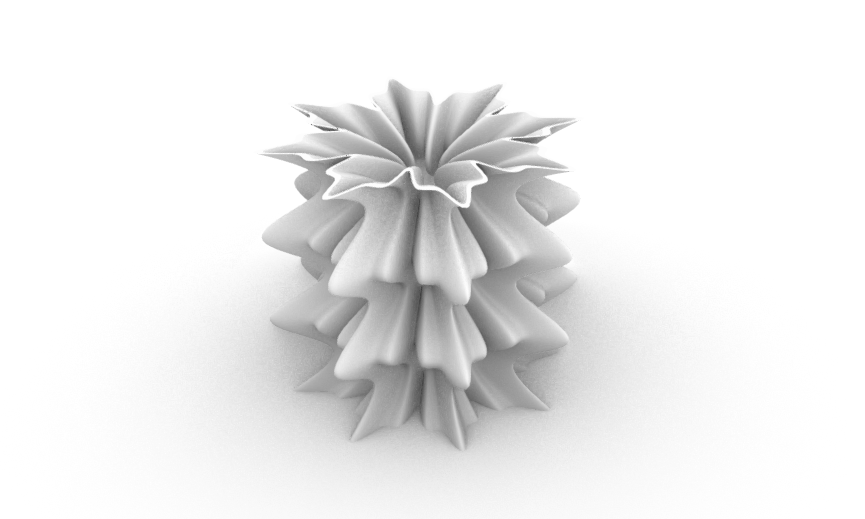
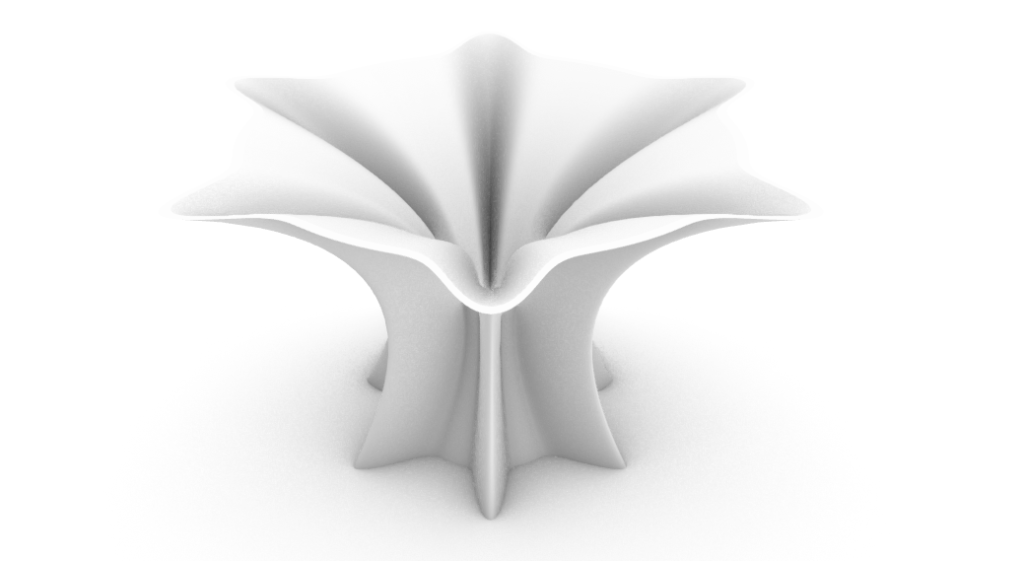
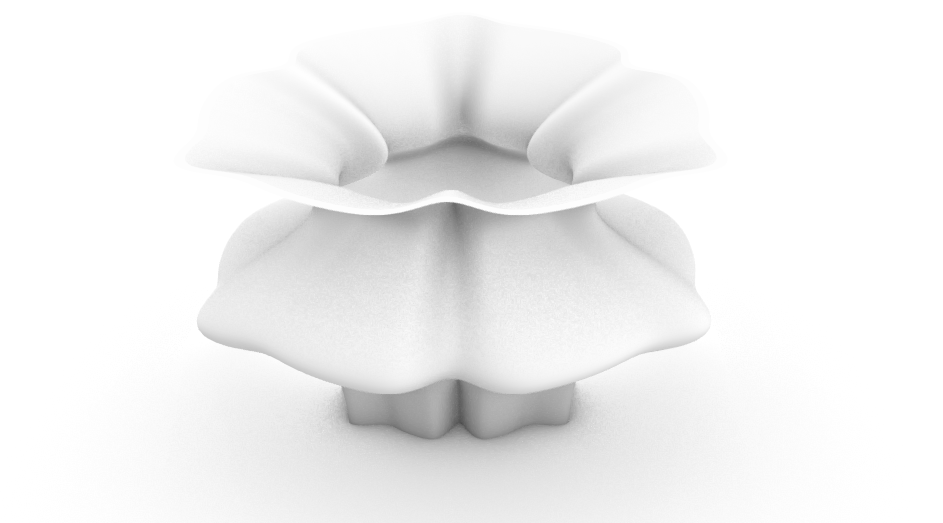
Printed Forms
I decided to parameterize a lot of my code to allow myself easy customization when it comes to generating the forms. I decided to go with the following three. My algorithm explanation and description of the creation process is in its own section.
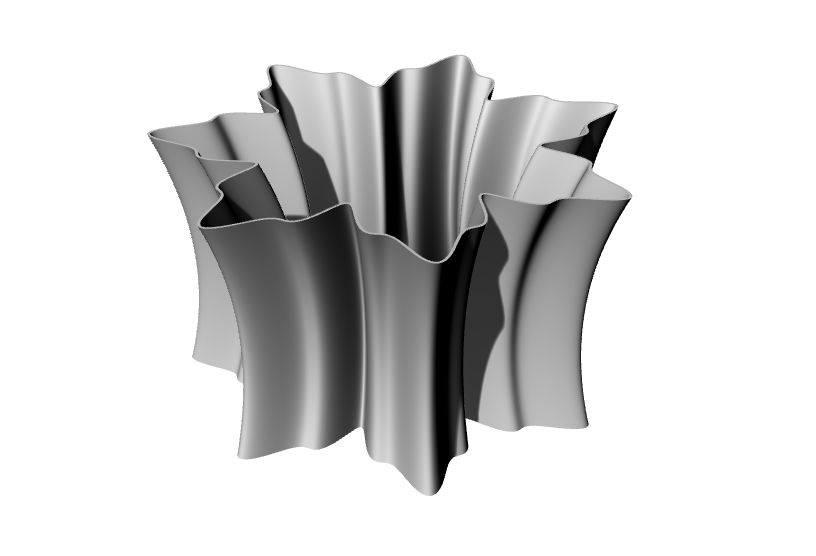
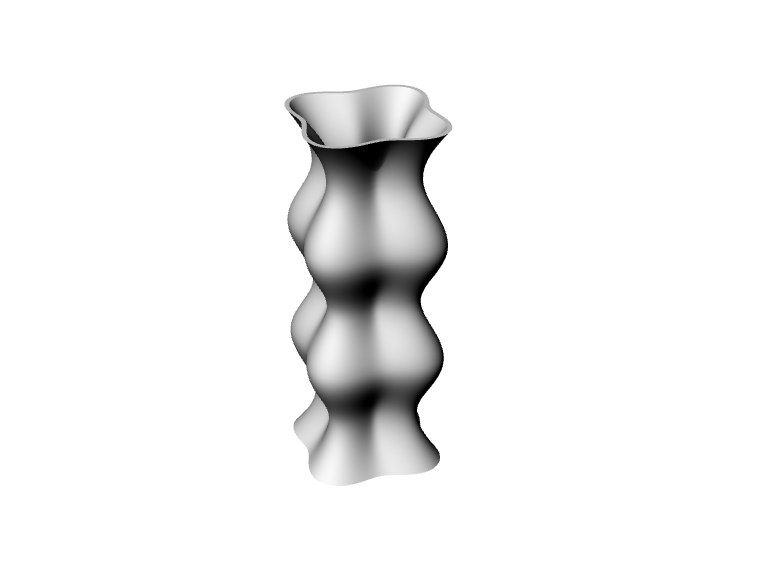

I was able to customize the wall width in Cura and print the following vessels. I think that the bowl came out the best especially from a utility standpoint. I’ll probably use some of these to help store tools for the 3d printer.
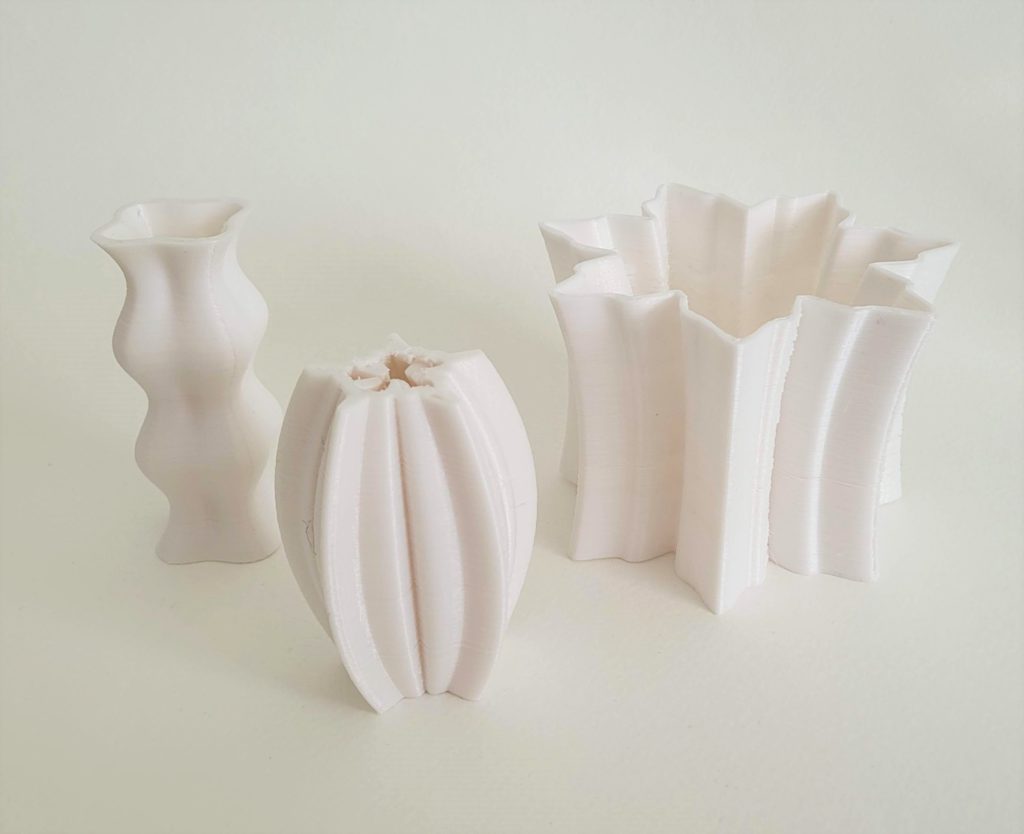
Creation Process
This was a really fun experience while going from raw python code to an actual object. My design process involved trying a lot of algorithms to see what I was most interested. I finally found myself using a modification of one that we went over in class. The idea is to simply multiply the unit circle parametric equations by cos(n * angle) ** exponent to get an interesting manipulation of what was went over in class. The idea is that I can introduce as many customizable options as possible to allow me more control over the created figures. I thoroughly enjoyed taking advantage of the python to object pipeline.
I had a rough idea of what I wanted to create with the prints. I wanted a bowl-like object, a tower with multiple levels, and then a spherical one that would be short at the top and bottom but wide in the middle. I had some problems initially with the prints being to thin and found that by customizing some configurations within Cura I was able to adjust the wall length to account for this. I didn’t take pictures because they fell apart into a pile of scraps typically.
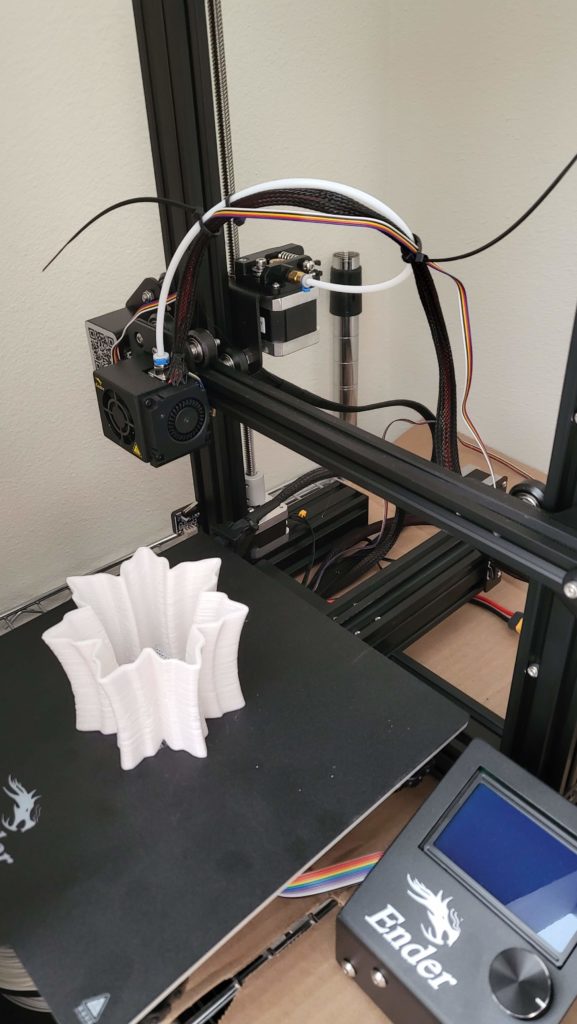
By allowing myself the customization I was able to print the three forms above. For my bowl, I had a bit of a problem with printing but due to the large amount of filament used I decided not to reprint it.
Reflection
I liked giving myself with a lot of controls with the parameters to create something that I liked. I feel that I designed this form but I understand that a lot of credit is due to this class for giving me a lot of the inspiration. I believe that I can take some form of authorship credit for the code and parameters selected. It is not like this is copied and people may have similar algorithms but it is the process and the specifics chosen that also matter. I am not sure if there is any parallel with other arts. Maybe a good comparison is that the types of paints and painting techniques typically dont make the authorship credit any less viable for creators. This is why I feel a sense of authorship isnt too different from traditional design processes. Overall, I really like my results and I am happy to share this with everyone.
Code
Code: https://handandmachine.org/classes/computational_fabrication/wp-content/uploads/2022/03/ConnorFrostLA2.gh
The unprinted forms are beautiful! You really showed how complex the algorithm can be and achieved some remarkable creations, hopefully you revisit them and try to print them.
The Rhino rendered view of your designs is really nice. It shows a lot of nice textures and shadows to the pieces. I really like the open flower shape one. The way that it opens is nice and looks functional for real life. When I started my designs, I had in mind a design that looked like yours, but wasn’t able to fully make one. Each form is really nice and unique.
Thank you for your thoughts. I am really surprised by how well the rendered views came out considering it is just a simple option. It is great to know that I can visualize the forms using that tool in a quick manner. One of my main purposes was to achieve something where each component didnt look to be of the same family of art.
Hey Connor.
I really like your fractal/flower shaped design. All the details, and intricate curves were kept in your final 3D printed design.
In regards to your reflection, I agree with you as well. I think we own these designs because we put a lot of thought and effort into it. That is a great analogy that you described when you mentioned that painting techniques does not discredit the painter’s work.
Hello! I was really surprised about the flower shaped bowl as well and the equation is actually much simpler than you would think. I simply used an exponent on the sin / cos functions which is partially inspired by the butterfly curve. Thank you for your thoughts and kind comment.